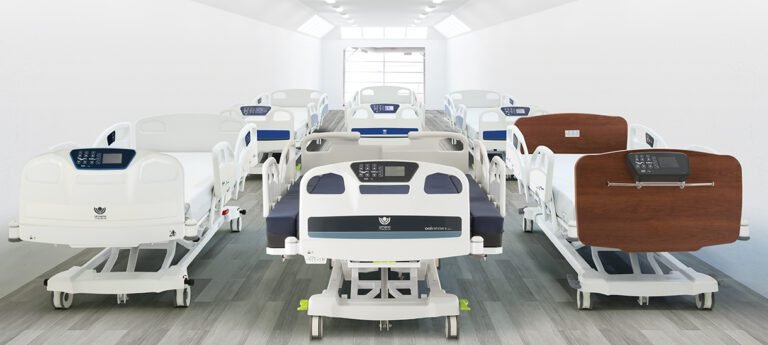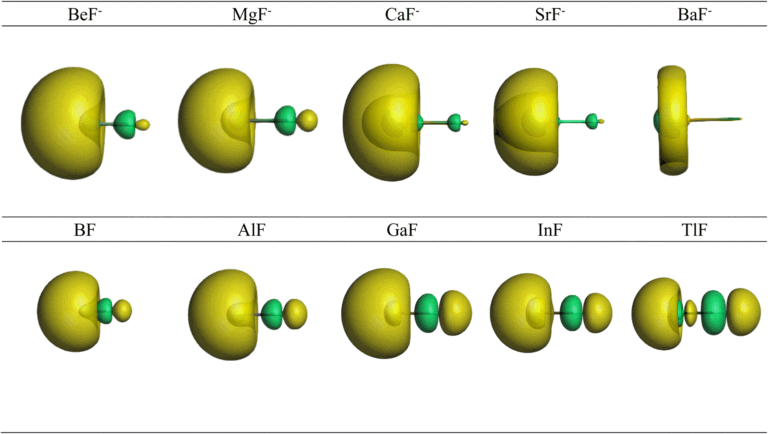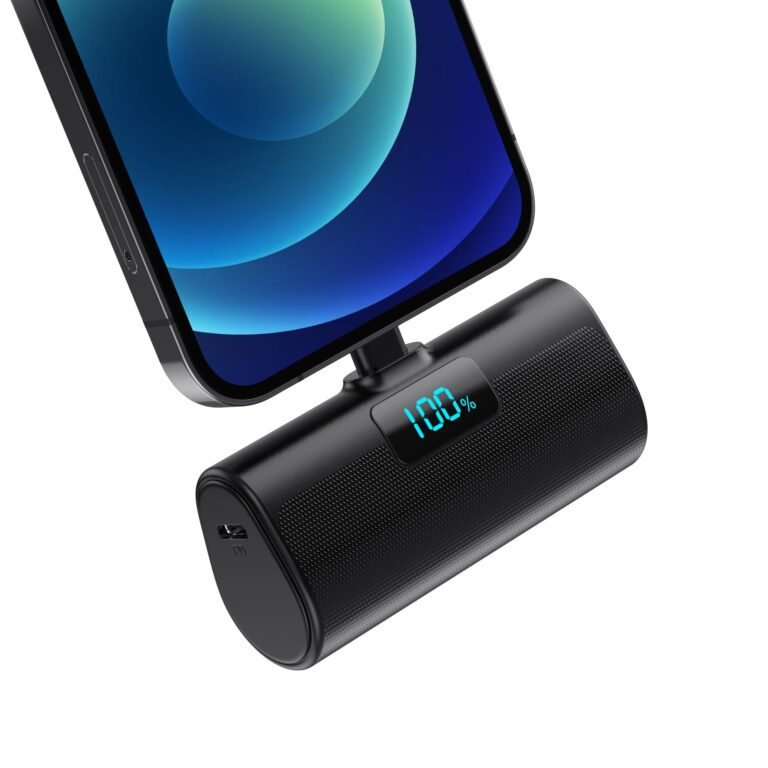Introduction
City Tech’s BIO 2311 E313, Human Anatomy and Physiology I, is an essential course designed for students pursuing careers city tech bio 2311 e313 human anatomy and physiology i in health sciences, nursing, and related fields. This course offers a comprehensive introduction to the structure and function of the human body, focusing on foundational concepts that are critical for advanced studies in medical and biological sciences. With a curriculum that combines theoretical knowledge with practical application, BIO 2311 E313 provides a robust foundation for understanding human anatomy and physiology.
Course Overview
BIO 2311 E313 covers a broad range of topics fundamental to the study of human anatomy and physiology. The course is structured to provide a detailed examination of the human body’s systems, emphasizing both their anatomical structure and physiological functions. The course is divided into several key modules, each addressing different aspects of human anatomy and physiology. These modules include:
- Introduction to Anatomy and Physiology
- Cell Biology and Tissue Organization
- Integumentary System
- Skeletal System
- Muscular System
- Nervous System
Each module builds upon the previous one, allowing students to gradually develop a thorough understanding of the human body’s complex systems.
Introduction to Anatomy and Physiology
The initial module of BIO 2311 E313 introduces students to the fundamental principles of anatomy and physiology. This section covers basic anatomical terminology, the organization of the human body, and the various levels of biological organization, from cells to organ systems. Students learn to use anatomical terminology to accurately describe locations, directions, and relationships within the body. The module also emphasizes the importance of homeostasis, the body’s ability to maintain stable internal conditions despite external changes.
Key Concepts
- Anatomical Terminology: Understanding the language of anatomy is crucial for effective communication in the medical field. This includes terms related to body positions, directional terms, and regional terms.
- Levels of Organization: The human body is organized into several levels, including chemical, cellular, tissue, organ, and system levels. Each level plays a specific role in maintaining overall health and function.
- Homeostasis: Homeostasis is the process by which the body maintains a stable internal environment. This concept is central to understanding how various systems interact to keep the body functioning properly.
Cell Biology and Tissue Organization
The second module delves into the microscopic components of the human body, focusing on cell biology and tissue organization. Students explore the structure and function of cells, including their organelles and cellular processes. The module also covers the different types of tissues in the body and their roles in maintaining health and supporting bodily functions.
Key Concepts
- Cell Structure and Function: Understanding the structure of cells city tech bio 2311 e313 human anatomy and physiology i and their organelles helps students grasp how cells perform their functions. This includes studying the cell membrane, nucleus, mitochondria, and other key organelles.
- Cellular Processes: Students learn about vital cellular processes such as cellular respiration, protein synthesis, and cell division.
- Tissue Types: The body is composed of four primary tissue types: epithelial, connective, muscular, and nervous tissues. Each tissue type has distinct characteristics and functions that contribute to the body’s overall health.
Integumentary System
The integumentary system module focuses on the skin and its associated structures, including hair, nails, and glands. This system plays a critical role in protecting the body, regulating temperature, and providing sensory information. Students study the layers of the skin, the functions of various glands, and the role of the integumentary system in maintaining homeostasis.
Key Concepts
- Skin Structure: The skin is composed of three main layers: the epidermis, dermis, and hypodermis. Each layer has distinct functions and characteristics.
- Skin Appendages: Hair, nails, and glands are important components of the integumentary system. Students learn about their structures, functions, and roles in maintaining health.
- Homeostasis and Protection: The integumentary system helps regulate body temperature, protect against pathogens, and provide sensory feedback.
Skeletal System
In the skeletal system module, students explore the structure and function of the bones and joints. This section covers bone anatomy, bone development, and the various types of joints found in the body. Understanding the skeletal system is crucial for comprehending how the body supports itself, facilitates movement, and protects vital organs.
Key Concepts
- Bone Structure: Bones are composed of several types of tissue, including bone tissue, cartilage, and connective tissue. Students learn about the different types of bones and their functions.
- Bone Development and Growth: The process of bone development, including ossification and bone remodeling, is essential for understanding skeletal health and function.
- Joints and Movement: Joints allow for movement and flexibility in the body. Students study the different types of joints and their ranges of motion.
Muscular System
The muscular system module examines the anatomy and physiology of muscles, including their structure, function, and mechanisms of movement. Students learn about the different types of muscle tissue, the physiology of muscle contraction, and the role of muscles in producing movement and maintaining posture.
Key Concepts
- Muscle Tissue Types: The body contains three types of muscle tissue: skeletal, cardiac, and smooth. Each type has distinct characteristics and functions.
- Muscle Contraction: Understanding the process of muscle contraction, including the role of actin and myosin filaments, is crucial for comprehending how muscles produce movement.
- Muscle Functions: Muscles play a role in various bodily functions, including movement, posture, and heat production.
Nervous System
The nervous system module provides an in-depth look at the body’s communication network. Students study the structure and function of the brain, spinal cord, and peripheral nerves. This module emphasizes the role of the nervous system in regulating bodily functions, responding to stimuli, and maintaining homeostasis.
Key Concepts
- Neuroanatomy: Understanding the structure of the nervous system, including neurons and neuroglia, is essential for studying how the nervous system functions.
- Neurophysiology: Students learn about the electrical and chemical processes involved in nerve impulse transmission and synaptic communication.
- Central and Peripheral Nervous Systems: The nervous system is divided into the central nervous system (CNS) and peripheral nervous system (PNS). Each system has specific functions and roles in maintaining health and responding to stimuli.
Laboratory Component
In addition to lectures, BIO 2311 E313 includes a laboratory component that provides hands-on experience with anatomical and physiological concepts. Students participate in dissections, use models and simulations, and conduct experiments to reinforce their understanding of the material. The laboratory component is designed to enhance students’ practical skills and apply theoretical knowledge in a controlled environment.
Laboratory Exercises
- Dissections: Dissection of anatomical specimens allows students to explore the structure of various organs and systems.
- Models and Simulations: Interactive models and simulations provide visual and tactile learning experiences, helping students understand complex concepts.
- Experiments: Laboratory experiments focus on physiological processes, such as muscle contraction and nerve responses, allowing students to observe and analyze biological phenomena.
Assessment and Evaluation
Student performance in BIO 2311 E313 is assessed through a combination of methods, including quizzes, exams, laboratory reports, and participation. These assessments are designed to evaluate students’ understanding of the course material, their ability to apply concepts, and their practical skills.
Evaluation Methods
- Quizzes and Exams: Quizzes and exams test students’ knowledge of anatomical and physiological concepts city tech bio 2311 e313 human anatomy and physiology i and their ability to apply this knowledge in various contexts.
- Laboratory Reports: Laboratory reports assess students’ ability to conduct experiments, analyze data, and draw conclusions based on their observations.
- Participation: Active participation in lectures, discussions, and laboratory activities contributes to students’ overall grades and demonstrates their engagement with the course material.
Conclusion
City Tech’s BIO 2311 E313, Human Anatomy and Physiology I, is a vital course for students pursuing careers in health and medical fields. The course provides a comprehensive introduction to the structure and function of the human body, covering essential topics such as cell biology, tissue organization, and the various organ systems. With a combination of theoretical knowledge and practical experience, students gain a deep understanding of human anatomy and physiology, preparing them for advanced studies and professional careers in the medical and health sciences.
Whether students are interested in becoming healthcare professionals, researchers, or educators, BIO 2311 E313 offers the foundational knowledge needed to succeed in these fields. By engaging with the course material and actively participating in laboratory exercises, students develop the skills and knowledge required to excel in their future endeavors.








